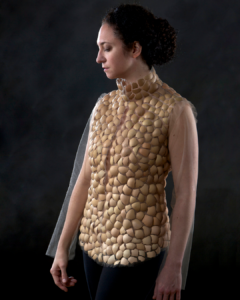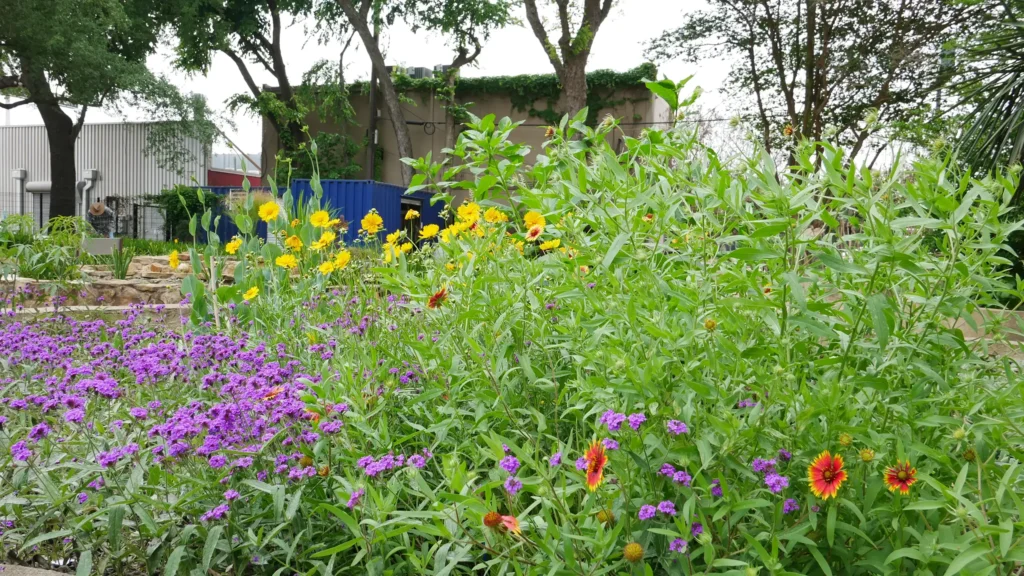
ACT I: Seattle
This year, the 46th Annual NCECA (National Council on Education for the Ceramic Arts) Conference was “On the Edge.” True to its theme, the conference was in Seattle, on the edge of the Pacific coast in what proved to be a wonderful, walkable and welcoming city.
I’ve been to many conferences, but had yet to visit NCECA. I had previously followed the 2010 Philadelphia conference through crafthaus’s emerging artist blog and, similarly, this year, both crafthaus and NCECA will have blogs updating soon here and here.
Rather than try and recap the entire event, I thought I’d hit some highlights that connect back to HCCC and Houston. Besides, NCECA will be in Houston in 2013, and it’s important to draw connections and let folks in on the dirty little secret: Houston and its “walkable-museum-district” is great, despite what people say about the traffic.
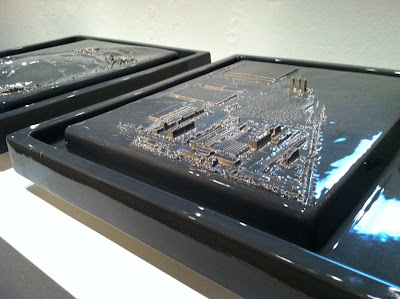
SCENE I: Bellevue
One of my first stops at NCECA was the Bellevue Arts Museum (BAM) for the exhibition PushPlay: The NCECA 2012 Invitational. The exhibit features work by 35 different artists loosely organized around a theme of play that is not always full of “fun and games.” The first work I viewed immediately brought up thoughts of Houston. As the fourth largest city in the nation, Houston is home to more than 5,000 energy-related firms and touted by the City of Houston as the Energy Capital of the world. Created while they were artists-in-residence at the Kohler Company, Sarah Lindley and Norwood Viviano’s Kohler Diptych responds to early American industry, and the BAM label describes how “the artists combine industrial technologies such as rapid prototyping, slip casting, and factory production with play technologies such as staging and the miniature to reference notions of dependence, control and consequence.”
Besides the NCECA 2012: Invitational, BAM had two other great exhibitions on the third floor. Dirk Staschke: Falling Feels a Lot Like Flying featured the lavish ceramic work of Dirk Staschke, winner of the John and Joyce Price Award of Excellence at the BAM Biennial 2010: Clay Throwdown! In the same floor just around the corner, Nora Atkinson curated Making Mends, a group exhibit of artists who expand on the therapeutic benefits of art. (Nora wrote a guest blog post for us in the past on the traveling exhibit, Lisa Gralnick: The Gold Standard, which you can find here and here.)

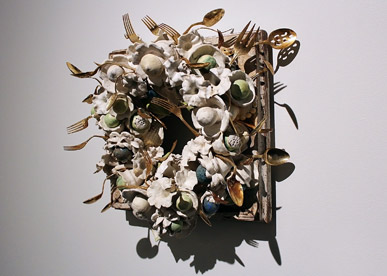
SCENE II: Seattle
A great thing about the NCECA conference is the number of exhibitions throughout the city and surrounding area devoted to ceramics, including around 30 exhibitions at the Seattle Design Center. One of the exhibitions featured a new piece by Janice Jakielski titled Sweet Melancholia and the Case for Infinite Sadness.
I was excited to see Jancice’s work in person, as she will be having a solo exhibition at HCCC in January of 2013 that will be up through the Houston NCECA conference that year. Through her mixed-media approach, incorporating wall decorations, textiles, and ceramics, Jakielski seeks to engage the viewer in new ways of seeing and sometimes disrupting our understanding. Here, the white ceramic flowers are overlaid with a colorful embroidery hoop. Looking through the mesh, the colors overlap the white forms but, from the side, we see the illusion at play.
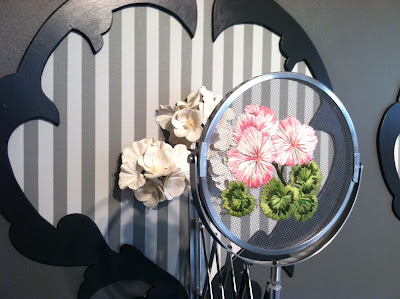
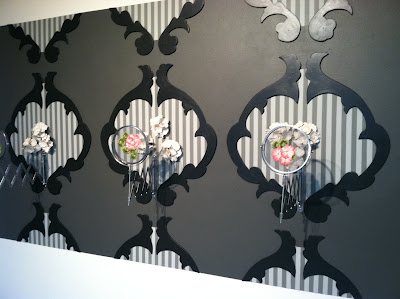
The conference itself took place at the Washington Convention Center and had a variety of lectures, panel discussions, and demonstrations. Former CraftTexas artist, Marianne McGrath, was a co-curator of the Projects Space described as having conceptual and material conversation, taking the artists “beyond the confines of their kiln.” This included a performance by The Brick Factory, a performance-art collective of artists: Summer Zickefoose, Nicole Burisch, Tom Myers, and Erik Scollon. The four met last summer at Actions + Material, A Watershed Center for the Ceramic Arts residency, and a shared interest in ceramics and performance art prompted the creation of this group.

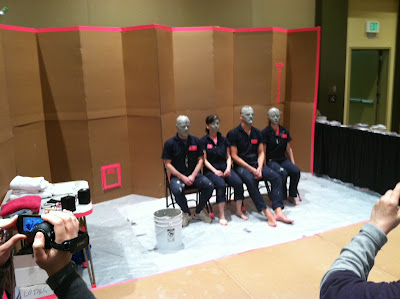
In thinking of performances and happenings, I allowed myself a night out in Seattle and attended SPROUT. SPROUT is a local grassroots event centered on a community dinner that funds emerging artists through a vote. In this case, there were six different artists and projects proposed throughout the evening, with the final vote being cast in support of Celeste Cooning’s cut-paper workshop, Cut It Out. It was inspirational to see community support of emerging artists and different projects, all of which can be viewed on their website, and this prompted me to begin thinking about how an event like this could take root in Houston.
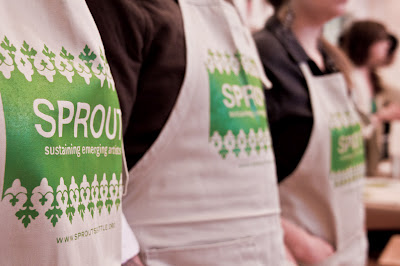
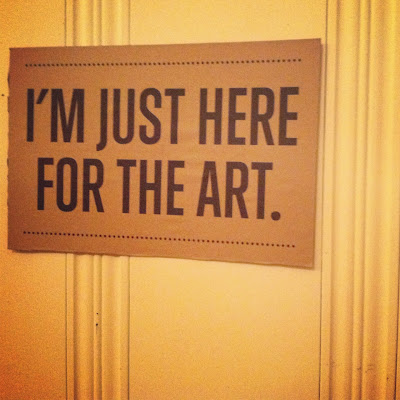
Directly following my NCECA travels, I came back to Houston and quickly continued the ceramic adventure with a second act in Baton Rouge, Louisiana.
ACT II: Baton Rouge
This time, I picked up a traveler in Susie Silbert, Curatorial Fellow, for a road trip to LSU, their ceramics department, and to talk to their visiting artist, Clare Twomey. We were fortunate to have met studio potter and assistant professor at LSU, Andy Shaw, at the opening of MFAH’s Shifting Paradigms in Contemporary Ceramics: The Garth Clark and Mark Del Vecchio Collection. In a follow up email, he invited Susie and me to visit while Clare was at LSU for an artist residency.
Clare is a British artist and currently a research fellow at the University of Westminster. She’s known for working in clay, often creating or staging large-scale installations that are site specific. At LSU, she was engaging with the entire ceramics department in making 1,000 bowls. She described how the project is exploring the reasons behind making through the act of making. For two weeks, the department will work on this one task and document the process through a blog, which you can find here.
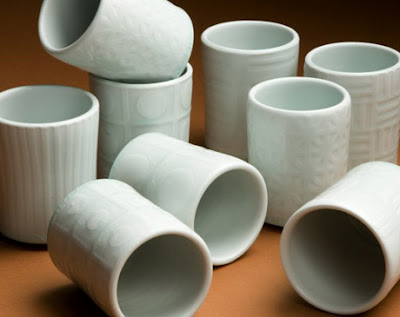
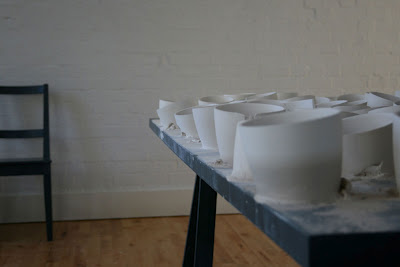
FINAL SCENE
After a full week of viewing ceramics from the West Coast to the banks of the Mississippi, I’m overwhelmed by the visuals that keep resurfacing in my head. It will be exciting for Houston to host NCECA next year, and I look forward to more visits to LSU, Baton Rouge, and the great state of Louisiana (though I guess I have to say not as great as Texas). I’ll leave you with two final images linking Baton Rouge to Seattle.
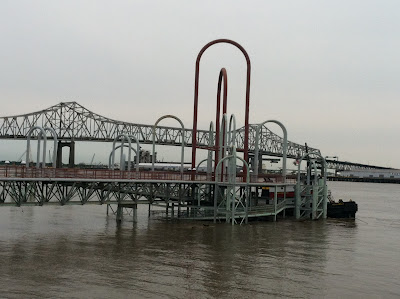
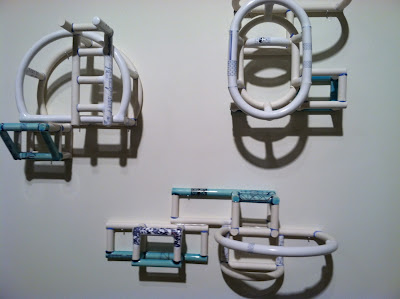
–Anna Walker, HCCC Curator
